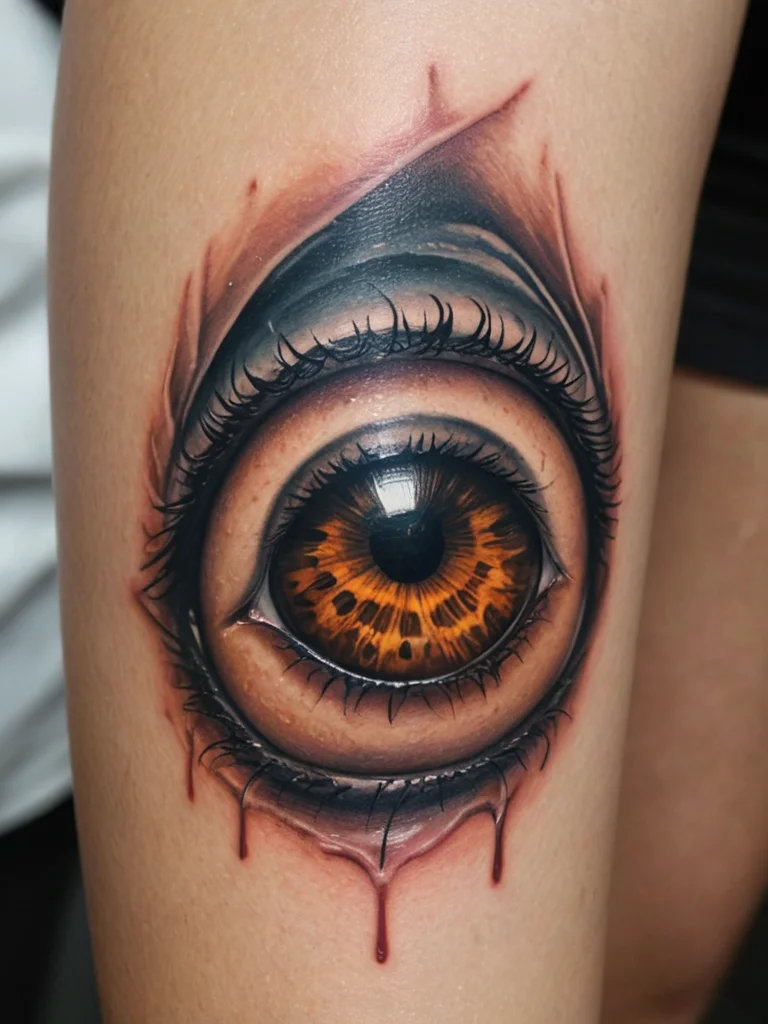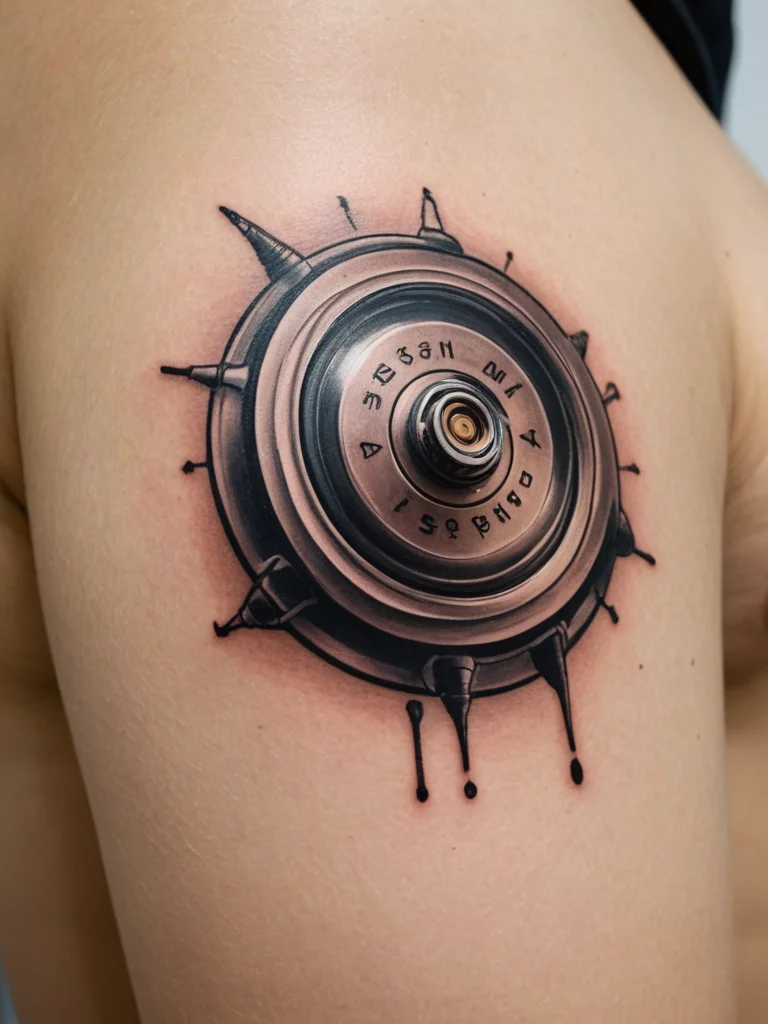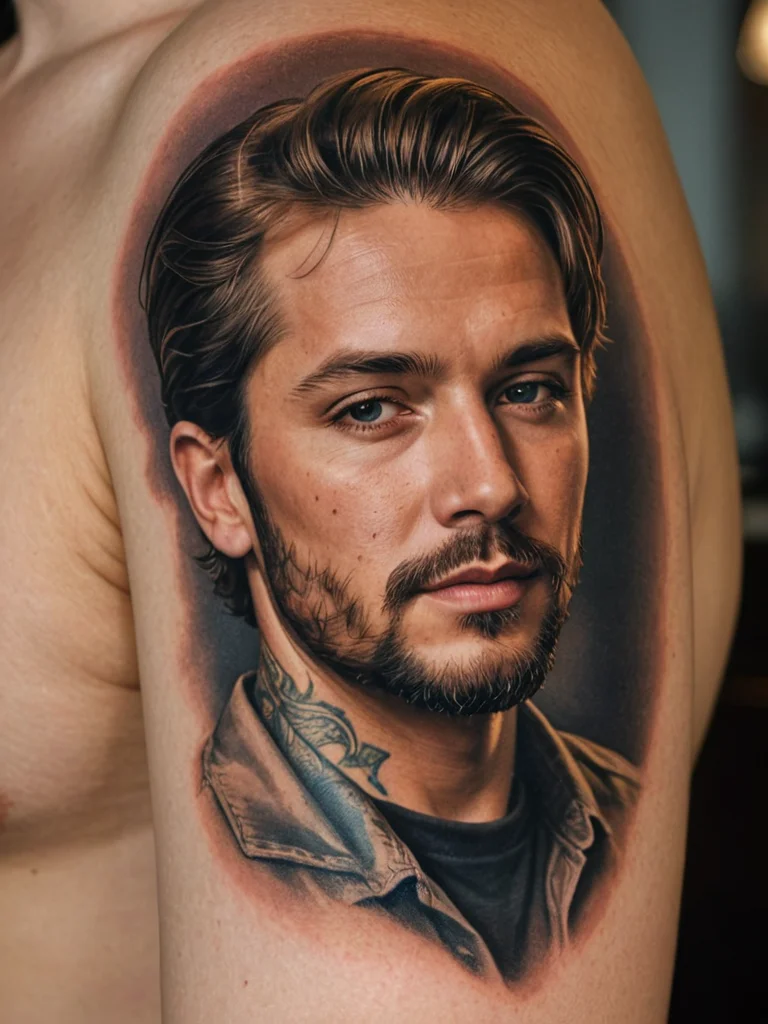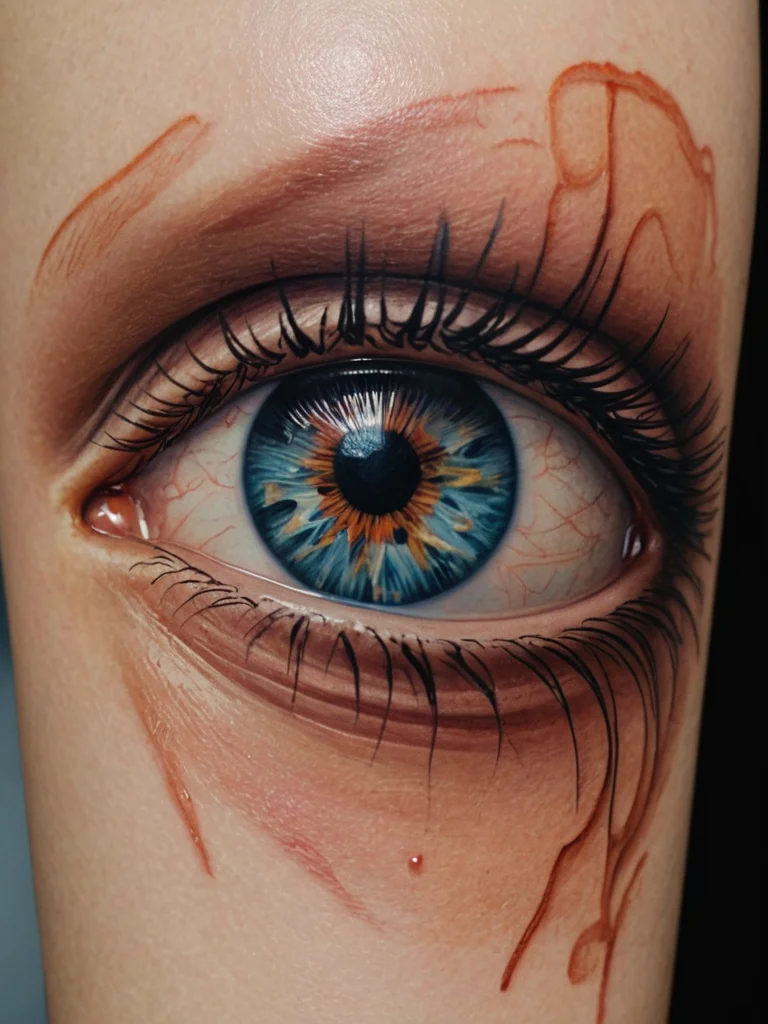Embarking on the journey of getting a tattoo is an exciting rite of passage for many, a way to express individuality, commemorate milestones, or simply adorn your skin with beautiful art. However, beneath the surface of this vibrant art form lies a critical aspect often overlooked by enthusiasts: the stringent regulations that safeguard your health and well-being. The tattoo industry, while steeped in tradition and artistry, is also subject to an array of rules designed to prevent infections, ensure the quality of materials, and promote a safe environment for both clients and artists. Understanding these unseen guardians, the regulatory frameworks and safety standards, is paramount for anyone considering a new piece of body art. It empowers you to make informed choices, ensuring your experience is not only aesthetically rewarding but also completely safe. Tattoo artists themselves are deeply invested in these standards, as their reputation, livelihood, and the trust of their clientele depend on maintaining the highest levels of safety and professionalism.
The unseen guardians: why tattoo regulation is crucial for your safety
The art of tattooing, while ancient, has evolved dramatically, and with this evolution comes a greater understanding of the potential health risks involved if proper protocols are not followed. Regulations in the tattoo industry are not merely bureaucratic hurdles; they are essential safeguards designed to protect you, the client, from a range of potential dangers. Without them, the risk of transmitting bloodborne pathogens such as Hepatitis B, Hepatitis C, and HIV would be significantly higher. These viruses can be spread through the sharing of contaminated needles or equipment, or through improper sterilization procedures. Furthermore, unregulated practices can lead to severe skin infections, allergic reactions to improperly formulated inks, and even scarring. Tattoo artists and studios operate under a responsibility to uphold these standards, recognizing that their work directly impacts the health of their clients. The confidence you place in a professional tattoo artist is built on the assurance that they adhere to stringent safety measures, creating a secure environment where you can receive your desired body art without compromising your health. This commitment to safety is the bedrock of a trustworthy and reputable tattoo practice.

Navigating the regulatory landscape: who sets the rules for tattooing?
The regulatory landscape for the tattoo industry can appear complex, as it often involves a multi-tiered approach, with rules and guidelines originating from various governmental and professional bodies. At the national level, agencies like the Centers for Disease Control and Prevention (CDC) in the United States provide recommendations and data on preventing infections associated with tattooing. However, the direct enforcement and specific regulations are typically managed at the state and local levels. Many states have specific laws governing tattooing, which often include requirements for artist licensing, studio inspections, and health and safety protocols. These laws are frequently developed in consultation with public health departments and may draw upon guidelines from organizations such as the Association of Professional Tattoo Artists (APTA) or similar international bodies that advocate for best practices. Local health departments play a crucial role in inspecting studios, ensuring compliance with sterilization standards, waste disposal procedures, and the proper use of single-use equipment. Understanding who sets these rules helps you appreciate the collaborative effort involved in maintaining industry safety. It’s a system designed to ensure that every tattoo studio, regardless of its size or location, operates under a common set of health and safety principles, ultimately protecting the public’s health.

Essential safety standards you should expect from your tattoo artist and studio
When you walk into a professional tattoo studio, there are several fundamental safety standards you should not only expect but also observe to ensure your well-being. Foremost among these is the practice of using single-use, disposable needles and ink caps for each client. Tattoo artists should open these items in front of you, demonstrating their commitment to preventing cross-contamination. Sterilization is another critical aspect. Autoclaves, which use steam, heat, and pressure, are the gold standard for sterilizing reusable equipment like metal tubes and grips. A reputable studio will have an autoclave readily available and visible, often with spore test records to prove its efficacy. Gloves are non-negotiable; your artist must wear new, disposable gloves throughout the entire tattooing process, changing them if they touch anything other than sterile equipment or your skin. The studio environment itself should be visibly clean and organized, with surfaces regularly disinfected using hospital-grade sanitizers. Proper disposal of biohazardous waste, such as used needles and contaminated materials, in designated sharps containers and biohazard bags is also a key indicator of a responsible studio. These standards are not optional extras; they are the minimum requirements for a safe tattooing experience, and any deviation should raise a red flag. Tattoo artists who prioritize these measures are not only complying with regulations but also demonstrating a deep respect for their craft and their clients’ health.

Ink responsibly: how to verify your tattoo artist’s compliance and what to look for
Empowering yourself with knowledge is the best way to ensure a safe and positive tattooing experience. Verifying your chosen tattoo artist’s compliance with safety standards starts before you even sit in the chair. Firstly, research the studio’s reputation and look for reviews that specifically mention cleanliness and professionalism. Many jurisdictions require artists to be licensed; you can often verify this through your local or state health department’s website. Don’t hesitate to ask your artist about their sterilization procedures and the types of inks they use. A competent artist will be happy to explain their process and may even show you their sterilization logs or certifications. Observe the studio environment closely: is it well-lit and clean? Are surfaces being disinfected between clients? Does the artist wash their hands thoroughly and put on fresh gloves before beginning work? Watch to see if they are using single-use ink caps and disposing of needles properly in a sharps container. The inks themselves should come from reputable manufacturers and be clearly labeled, without expired dates. Many artists will display their certifications or licenses prominently within the studio. If an artist seems evasive about these practices or if the studio environment appears unhygienic, it is a strong indication that you should seek your tattoo elsewhere. Your health is paramount, and choosing an artist who demonstrates a clear commitment to safety protocols is a vital part of the tattooing process.

Beyond the needle: ongoing efforts to enhance safety in the tattoo industry
The commitment to safety within the tattoo industry is not a static concept; it is a dynamic and evolving process driven by continuous research, technological advancements, and a proactive approach from artists and regulatory bodies alike. Organizations dedicated to tattoo education and safety, such as the Alliance of Professional Tattooists (APT) and various national tattoo associations, actively work to establish and update best practice guidelines. These groups often collaborate with public health officials to refine protocols based on the latest scientific understanding of infection control and bloodborne pathogens. Furthermore, advancements in tattoo ink formulations are constantly being made, with a focus on developing pigments that are less likely to cause allergic reactions and are produced under even stricter quality controls. The development and widespread adoption of pre-sterilized, disposable equipment have also significantly reduced the risk of contamination. Many artists are also embracing digital technologies for client record-keeping and consent forms, which can also include detailed health questionnaires and aftercare instructions, ensuring clients are fully informed. Continued education for tattoo artists is crucial, with workshops and seminars focusing on new sterilization techniques, cross-contamination prevention, and emergency first aid. This ongoing dedication to improving safety reflects the industry’s deep-seated commitment to protecting its clients and upholding the integrity of tattoo art as a safe and celebrated form of self-expression.
